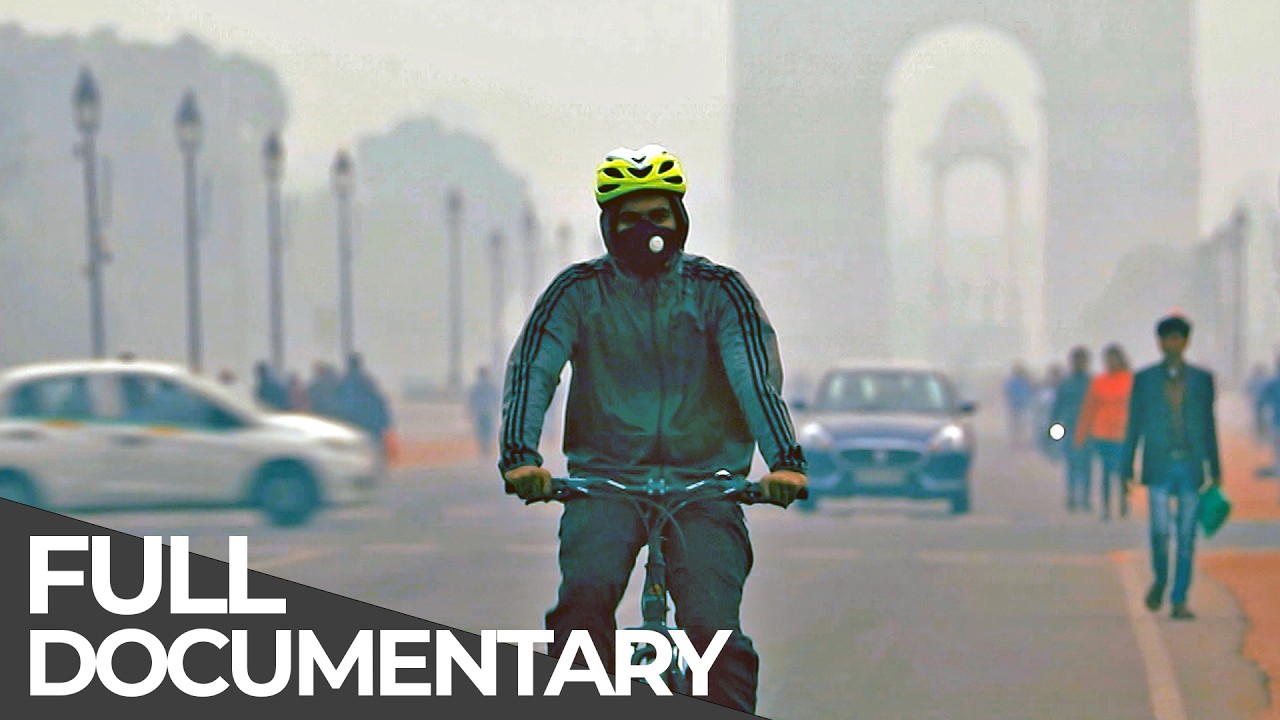Airpocalypse: Surviving the World’s Most Polluted City | Free Documentary
Life at 122 °F – Surviving in the Hottest Places on Earth: https://youtu.be/YS7XXimRB2I
In November 2019, India’s capital Delhi was hit by one of its worst air pollution crises, enveloping the city in a thick, hazardous smog that disrupted daily life and posed severe health risks. Schools were closed, flights were diverted, and the city’s already strained healthcare system faced an overwhelming number of respiratory cases. As winter 2020 approaches, the question looms large: can Delhi prevent another airpocalypse, or will it once again be engulfed in toxic air? Authorities and residents alike are anxiously seeking effective measures to combat the persistent pollution and protect the city’s future.
▬▬▬▬▬▬▬▬▬
Subscribe Free Documentary Channel for free: https://bit.ly/2YJ4XzQ
Instagram: https://instagram.com/free.documentary/
Facebook: https://bit.ly/2QfRxbG
Twitter: https://bit.ly/2QlwRiI
▬▬▬▬▬▬▬▬▬
#FreeDocumentary #Documentary #airpollution
▬▬▬▬▬▬▬▬▬
Free Documentary is dedicated to bringing high-class documentaries to you on YouTube for free with the latest camera equipment used by well-known filmmakers working for famous production studios. You will see fascinating shots from the deep seas and up in the air, capturing great stories and pictures of everything our extraordinary planet offers.










In November 2019, India’s capital Delhi was hit by one of its worst air pollution crises, enveloping the city in a thick, hazardous smog that disrupted daily life and posed severe health risks. Schools were closed, flights were diverted, and the city’s already strained healthcare system faced an overwhelming number of respiratory cases.
The question looms large: can Delhi prevent another airpocalypse, or will it once again be engulfed in toxic air? Authorities and residents alike are anxiously seeking effective measures to combat the persistent pollution and protect the city’s future.
Yes they can prevent it. It’s all being done by HUMANS. If something is not working right, try another way or different way.
Punjabis causing problems all over the world.
Honestly, i think india needs a nationwide power wash!
Here is the solution for the pollution problem of burning crops Reusing leftover rice paddy straw can be environmentally friendly and economically useful. Here are several ways you can repurpose it:
1. Composting
• Rice straw is a great organic material for composting. You can mix it with kitchen scraps, green leaves, and other organic matter to make nutrient-rich compost for gardens.
2. Mulching
• It can be used as mulch to retain moisture in the soil and prevent weeds from growing. Spread it around plants and trees to keep the soil cool and moist.
3. Animal Bedding
Rice straw makes good bedding for livestock, providing a comfortable resting area. It absorbs moisture and can later be composted along with animal waste.
4. Mushroom Cultivation
•Rice straw can be an excellent substrate for growing mushrooms like oyster mushrooms. It’s rich in cellulose and can be broken down by fungi.
5. Biofuel Production
• In some places, rice straw is used to produce biogas or bioethanol. It is a renewable energy source, though this usually requires specialized equipment.
6. Crafts and Basketry
• You can use straw for weaving mats, hats, baskets, or other handicrafts. This traditional use adds value and provides employment in rural areas.
7. Building Material
• Straw can be used in the construction of eco-friendly homes, often as insulation material or for making straw-bale walls that have good thermal properties.
8. Erosion Control
• Lay rice straw on slopes or riverbanks to prevent soil erosion. It holds soil in place and allows vegetation to take root.
9. Feed for Livestock
• Although rice straw is not very nutrient-rich, it can be supplemented and used as animal fodder. It can be treated with urea or mixed with other feed to improve its nutritional content.
10. Paper Production
• In some regions, rice straw is used to produce paper. It can be processed into pulp and turned into eco-friendly paper products.
Each of these uses helps reduce waste and find a productive purpose for leftover straw.
Blame the farmers sounds a lot like what they’re making up in the USA and Netherlands.